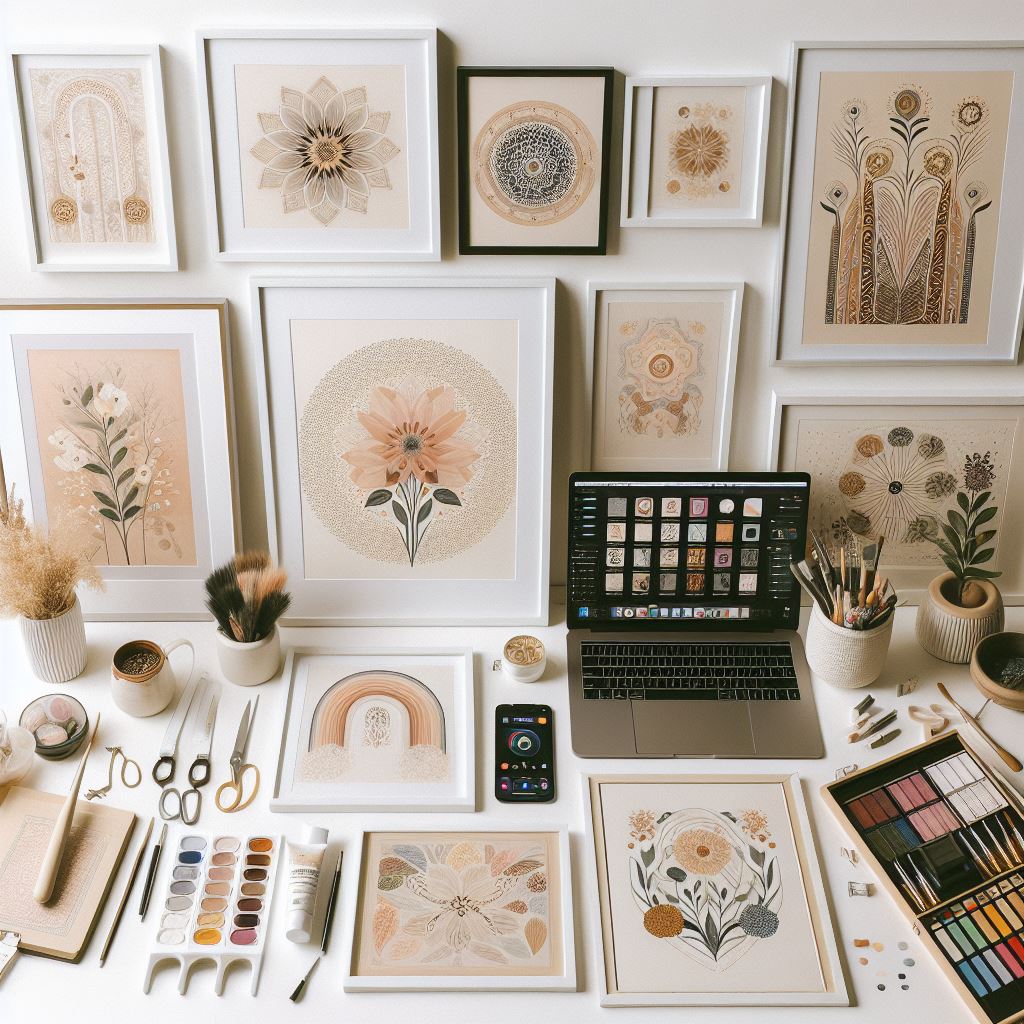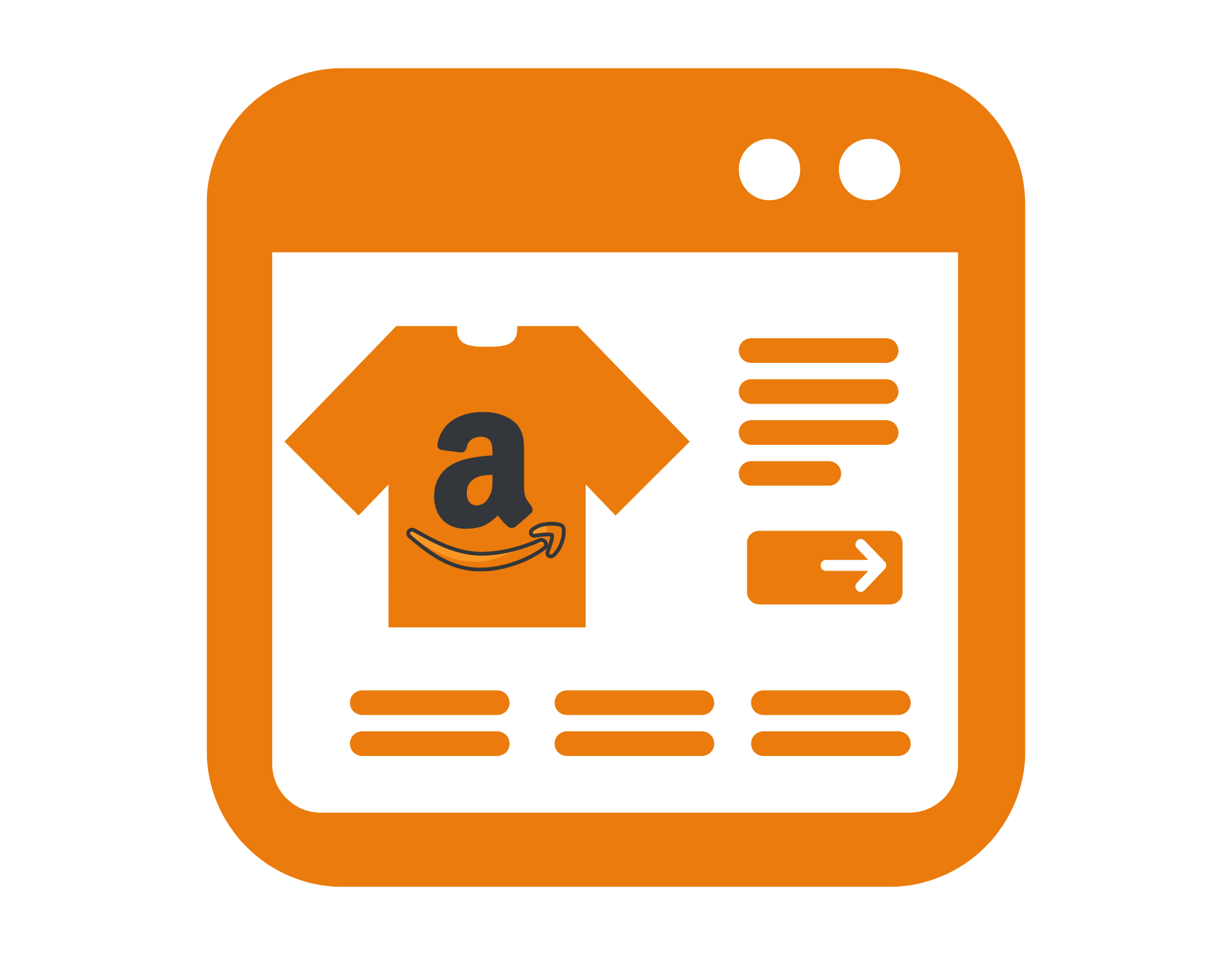DTG Print On Demand: A Comprehensive Guide to Printing in 2025
The world of print-on-demand (POD) is booming, offering entrepreneurs a fantastic opportunity to launch clothing lines and sell unique, personalized merchandise without the hassle of inventory management. One of the most popular and versatile methods for POD printing is Direct-to-Garment (DTG) printing, a technology that’s revolutionizing how we create custom apparel. DTG printing, as its name suggests, allows you to print designs directly onto garments, unlike traditional screen printing which involves creating stencils for each color. This digital process unlocks a world of creative possibilities, allowing for intricate details, photorealistic imagery, and vibrant full-color prints on a wide range of fabrics. If you’re a POD seller looking to elevate your brand and offer high-quality custom apparel, mastering DTG printing is a game-changer. This comprehensive guide will walk you through the ins and outs of DTG printing, providing a step-by-step roadmap for creating stunning prints and building a successful POD business. We’ll delve into the fundamentals of the process, explore essential equipment, unravel the secrets of artwork preparation, and equip you with the knowledge to optimize your DTG printing workflow. Table of Contents: DTG Printing Fundamentals The Process: DTG printing may seem complex at first glance, but the process is surprisingly straightforward. Let’s break it down into five simple steps: Essential Equipment: Now that you understand the basic process, let’s explore the essential tools you’ll need to embark on your DTG printing journey. Artwork Preparation for DTG Printing: While DTG printing allows for intricate designs and photorealistic detail, preparing your artwork correctly is paramount for achieving stunning results. Here are the essential design considerations: Design Essentials: Advanced Design Considerations: Optimizing Your DTG Printing Workflow Once you’ve got your artwork ready and your equipment assembled, it’s time to dive into the actual printing process. This section focuses on optimizing your workflow to ensure consistent, high-quality prints and maximize your production efficiency. Pretreatment Techniques: Pretreatment is arguably the most crucial step in DTG printing, as it directly impacts how well the ink adheres to the fabric and the overall quality of your prints. Mastering pretreatment techniques will ensure vibrant colors, sharp details, and durable, wash-fast prints. Efficient Garment Loading and Printing: Proper garment loading is crucial for achieving accurate print placement and preventing wrinkles or distortions in the design. Follow these steps for efficient and precise garment loading: Print Settings and Quality Control: Selecting the right print settings is essential for achieving your desired print quality and maximizing your ink efficiency. Here’s a breakdown of key print settings to consider: Launching and Growing Your DTG Print on Demand Business Now that you’ve grasped the technical aspects of DTG printing, let’s shift our focus to the business side of things. This section provides a roadmap for launching and growing your DTG print-on-demand business, turning your creative vision into a profitable venture. Establishing Your Business: Starting a DTG print-on-demand business involves more than just acquiring equipment and mastering the printing process. You need to approach it strategically, building a solid foundation for success. Scaling Your DTG Operation: Once you’ve established a solid foundation, you can start scaling your DTG print-on-demand business to reach a wider audience and increase your revenue. DTG Printing FAQs As you delve deeper into the world of DTG printing, you’re bound to encounter questions and challenges along the way. This FAQ section addresses some common inquiries and concerns, providing clarity and guidance for a smooth printing experience. What are the common issues that can arise with DTG printing? DTG printing, like any printing method, comes with its own set of potential issues. Here are some common problems you might encounter and how to address them: How often do I need to maintain my DTG printer? Regular maintenance is crucial for ensuring consistent print quality, preventing clogging, and prolonging the lifespan of your DTG printer. Here’s a basic maintenance checklist: Is it cost-effective to print single shirts with DTG? Yes, DTG printing is incredibly cost-effective for single shirt orders and small batches. Unlike screen printing, which involves high setup costs for each design (creating screens, mixing inks, etc.), DTG eliminates those setup fees, making it ideal for personalized or one-off prints. What types of fabrics work best with DTG printing? 100% cotton is generally considered the best fabric for DTG printing. The natural fibers absorb ink well, resulting in vibrant colors and a soft hand feel. However, you can also print on blends with a high cotton content, adjusting the pretreat and print settings accordingly. Some synthetic fabrics, like polyester, can also be printed with DTG, but may require special pretreat solutions and careful attention to curing temperatures to prevent scorching or melting. Can I print white ink on black garments with DTG? Absolutely! DTG printers with white ink capabilities excel in printing on dark garments. The printer lays down a white underbase layer, essentially creating a white canvas on the dark fabric, allowing the CMYK colors to appear vibrant and opaque. This underbase printing is crucial for achieving high-quality prints on black or other dark-colored garments. Conclusion Mastering DTG printing unlocks a world of creative possibilities for print-on-demand sellers, allowing you to offer personalized, high-quality apparel with incredible detail and vibrant colors. By understanding the fundamentals of the process, investing in the right equipment, and continually refining your workflow, you can transform your POD business into a thriving success. This guide has equipped you with the knowledge and tools to embark on your DTG printing journey. Embrace the learning process, experiment, and don’t hesitate to seek out resources and support from experienced printers and fellow POD entrepreneurs.










